Forearm Pain When Curling: Main Causes, Prevention, and Treatment
Forearm pain when curling is more common than you think. Learn what causes the pain after curling, how to prevent and how to treat it...
Forearm pain when curling is more common than you think. Many fitness enthusiasts have to deal with this issue daily, and it can be discouraging when you’re trying to work on bigger arms and get those bicep veins popped.
The discomfort can range from a mild annoyance to a pain that really messes up your workout routine. For that reason, understanding the causes, prevention strategies, and treatment options for forearm pain when curling is key to keeping your exercise regimen on track.
Causes of Forearm Pain When Curling
There are a few different causes of forearm pain when curling we should consider when trying to find a solution. Let’s break it down:
1. Overuse and Repetitive Strain
One of the most common culprits behind forearm pain when curling is overuse. Doing the same movement over and over can lead to tiny tears in the muscles and tendons of your forearm. This condition, often called repetitive strain injury (RSI), can cause a lot of discomfort and inflammation.
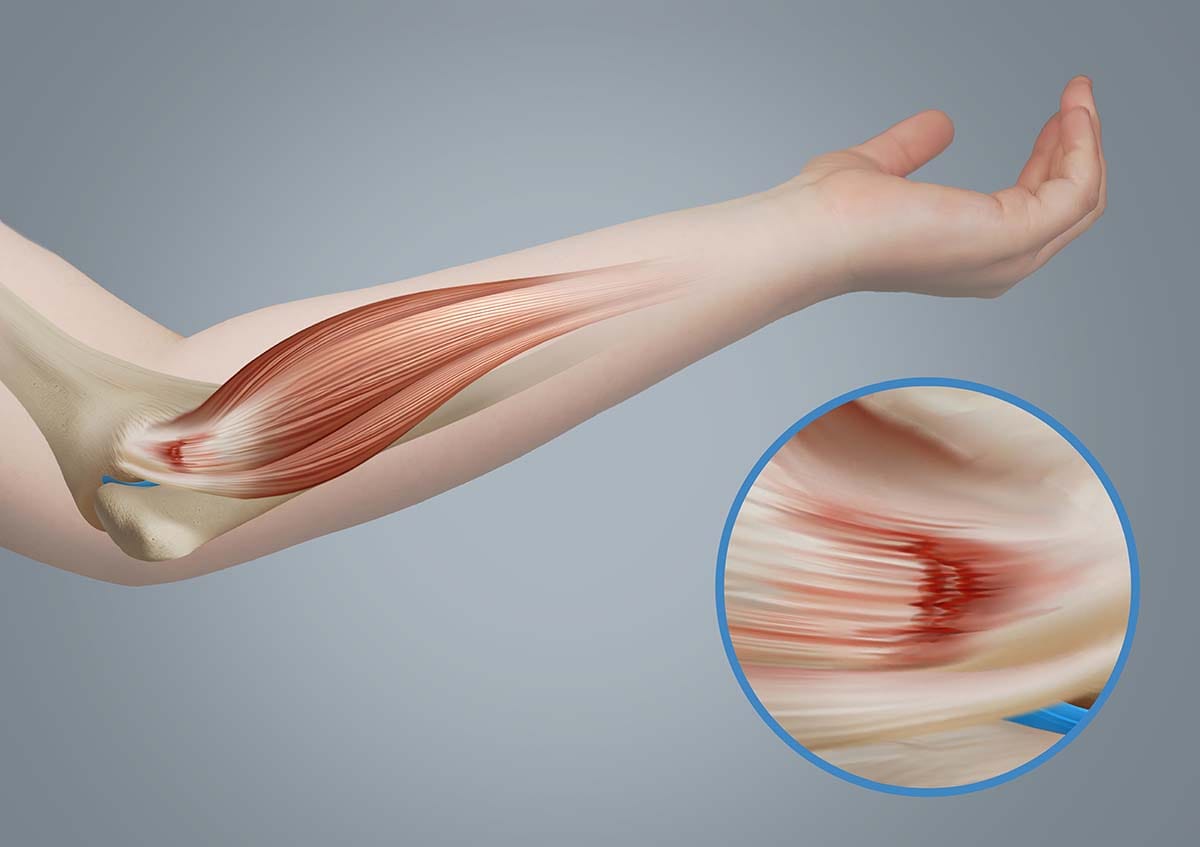
2. Poor Form and Technique
Using the wrong form and technique during curling exercises can stress your forearm muscles and tendons too much. Common mistakes include using too much weight, not keeping your wrist in a neutral position, and not engaging your biceps properly. These errors can lead to muscle imbalances and more strain on your forearm.
3. Muscle Imbalances
If the muscles on one side of your forearm are significantly stronger or tighter than the other, it can lead to uneven stress distribution and pain. Muscle imbalances between the forearm flexors and extensors can also contribute to forearm pain when curling.
4. Tendonitis
Tendonitis, or inflammation of the tendons, is another potential cause of forearm pain when curling. This condition can result from overuse, poor technique, or sudden increases in workout intensity. Common types of tendonitis affecting the forearm include lateral epicondylitis (tennis elbow) and medial epicondylitis (golfer's elbow).
5. Nerve Compression
Nerve compression or entrapment can also lead to forearm pain when curling. Conditions like carpal tunnel syndrome or pronator teres syndrome can cause pain, numbness, and tingling in the forearm and hand, especially during or after curling exercises.
Prevention Strategies
To prevent forearm pain when curling, you’ll need to adopt proper techniques and take care of your overall muscle health. Here are some effective prevention strategies:
1. Warm-Up and Stretching
Always start your workout with a good warm-up to get the blood flowing to your muscles and prepare them for exercise. Do a mobility test to measure your joint mobility and include appropriate dynamic stretches that target your forearms, wrists, and biceps. After your workout, do some static stretches to improve flexibility and reduce muscle tension.
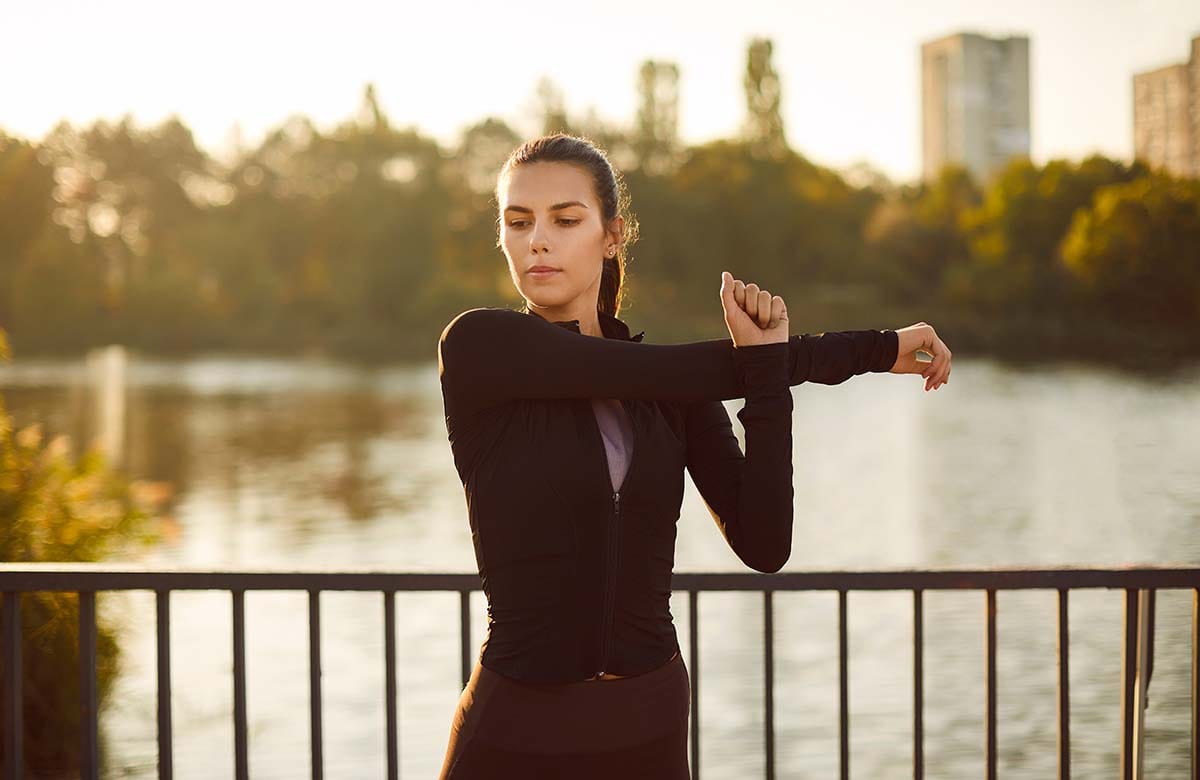
2. Proper Form and Technique
Proper form and technique are essential during curling exercises. Use a dumbbell that allows you to perform the exercise with control and without compromising your form. Make sure you're not excessively extending or flexing your wrists by keeping them in a neutral position.
3. Gradual Progression
Avoid sudden increases in workout intensity or volume. Gradually increase your weights and repetitions to allow your muscles and tendons to adapt to the increased load. This approach is called progressive overload and can help prevent overuse injuries and reduce the risk of forearm pain while still making you stronger.
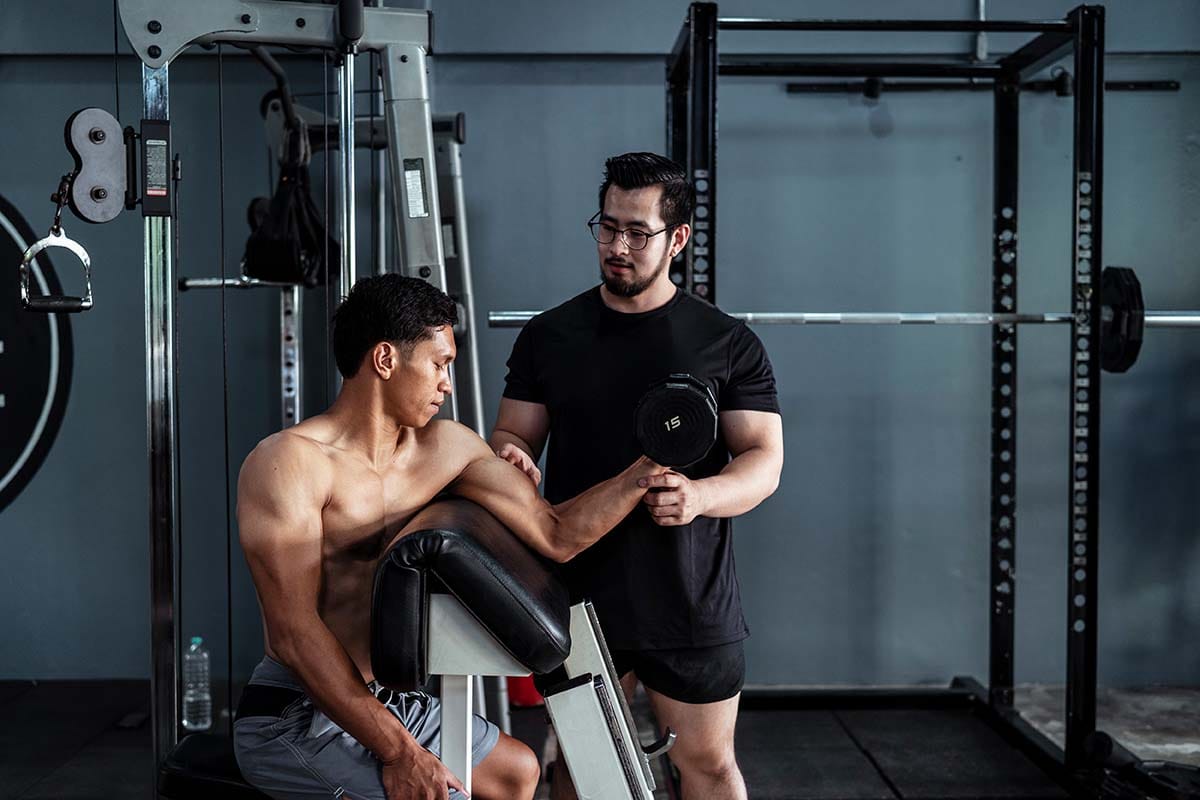
4. Balanced Workouts
Incorporate exercises that target both the forearm flexors and extensors to maintain muscle balance. Include wrist curls, reverse wrist curls, pinwheel curls, and grip-strengthening exercises in your routine. Balanced workouts can help prevent muscle imbalances and reduce the risk of injury.
5. Rest and Recovery
Remember to properly rest and recover between workouts to prevent overuse injuries. Listen to your body and take breaks if you experience pain or discomfort. Incorporating rest days and using techniques like foam rolling and massage can aid in muscle recovery.
Treatment Options
If you experience forearm pain when curling, here are some treatment options that can help alleviate the discomfort and promote healing:
1. Rest and Ice
Resting the affected forearm and applying ice can help reduce inflammation and pain. Ice the area for 15-20 minutes several times a day, especially after workouts. Avoid activities that make the pain worse until you are free from the symptoms.
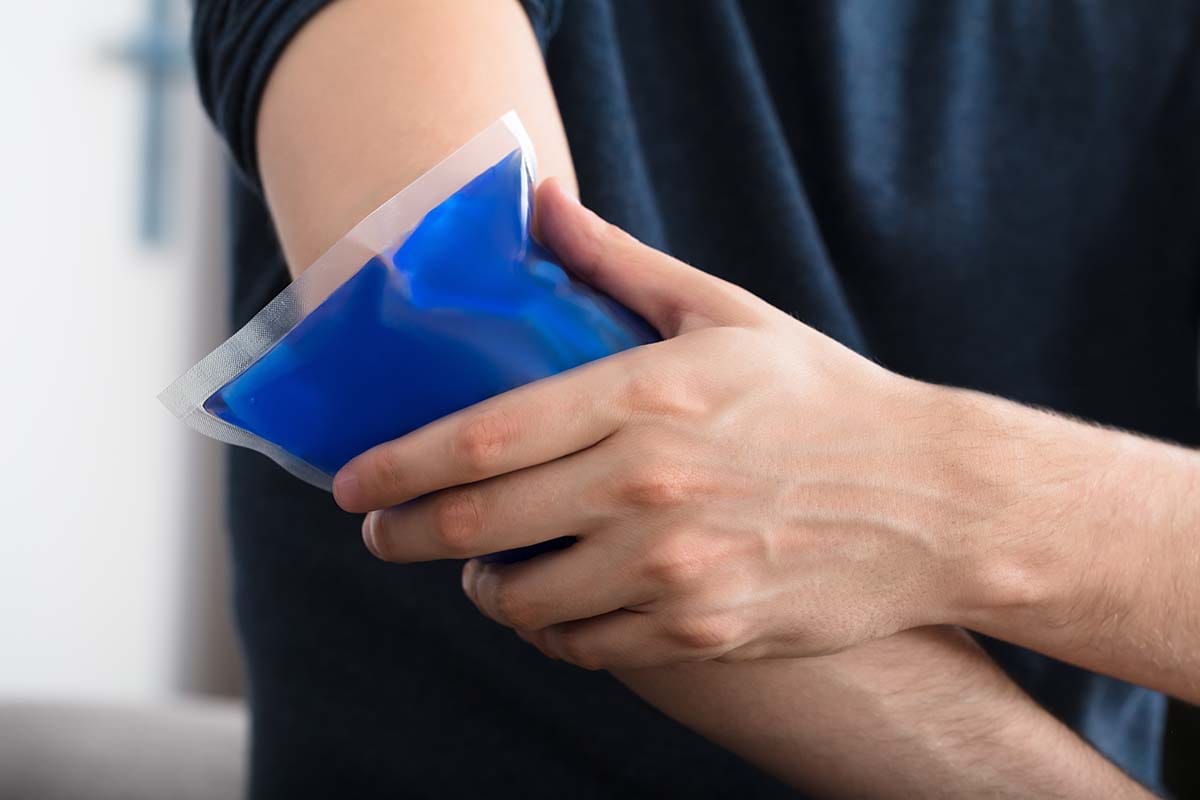
2. Anti-Inflammatory Medications
Over-the-counter anti-inflammatory medications, like ibuprofen or naproxen, can help reduce pain and inflammation. However, it’s important to always follow the recommended dosage and consult with a healthcare professional if you have any underlying health conditions.
3. Physical Therapy
Physical therapy can be beneficial for those who feel forearm pain when curling. A physical therapist can assess your condition, and provide targeted exercises to strengthen the forearm muscles. They may also use modalities like ultrasound or electrical stimulation to promote healing.
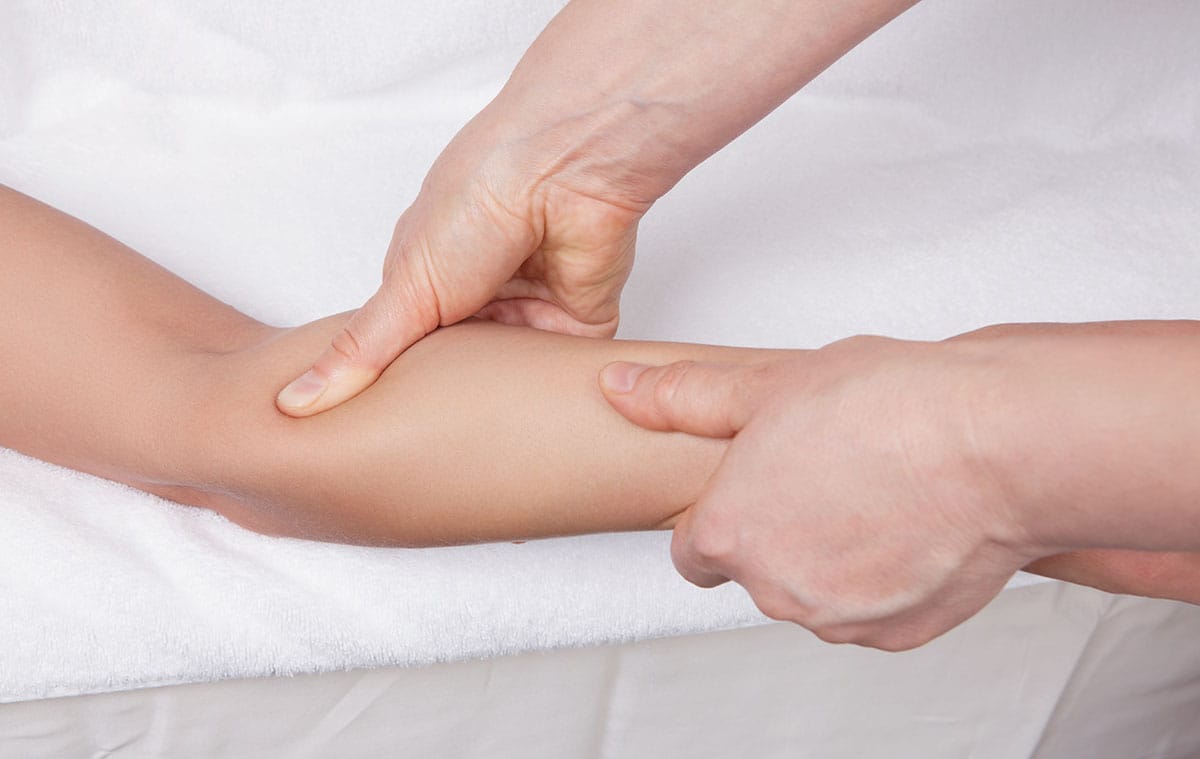
4. Bracing and Support
Wearing a brace or support can help alleviate forearm pain by increasing stability and reducing strain on the affected muscles and tendons. Wrist braces, forearm straps, or compression sleeves can be useful during workouts and daily activities.
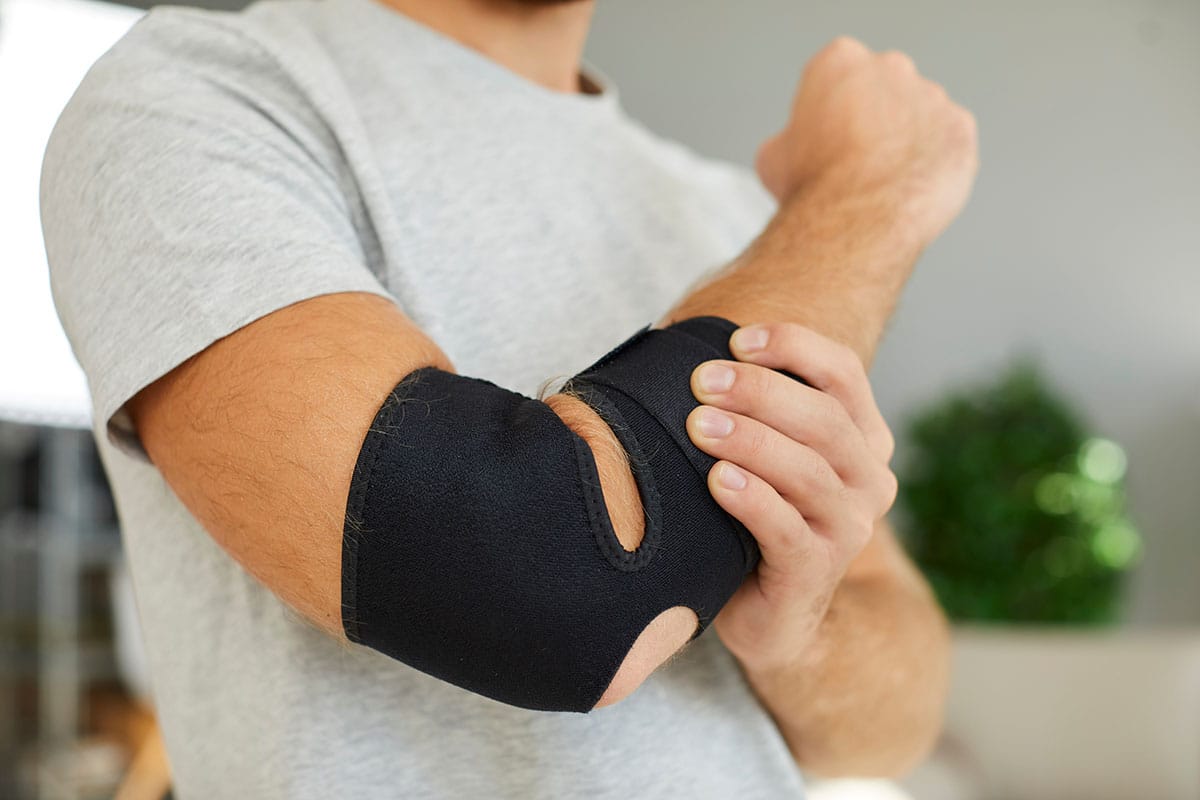
5. Gradual Return to Exercise
Once the pain is gone, slowly return to your curling exercises. Start with lighter weights and lower repetitions, focusing on maintaining proper form. Gradually increase the intensity and volume of your workouts to prevent getting injured again.
When to Seek Medical Attention
Even though most cases of forearm pain when curling can be managed with self-care and conservative treatments, there are instances when medical attention is necessary. Seek medical advice if you feel:
- Severe or persistent pain that does not improve with rest and treatment
- Swelling, redness, or warmth in the forearm
- Numbness, tingling, or weakness in the hand or fingers
- Difficulty performing daily activities or exercises
A healthcare professional can conduct a thorough evaluation, including imaging studies if necessary, to determine the underlying cause of your forearm pain and recommend appropriate treatment.
Final Word
Hopefully, the information provided in this article can help you with your forearm pain when curling. Understanding the causes, prevention strategies, and treatment options is essential for managing and alleviating this discomfort. Remember to seek medical attention if you feel any lasting or intense pain. Feeling some sort of pain or discomfort is normal when trying to reach our fitness goals, but that’s no reason to ignore it and possibly make the problem even worse.
Speaking of reaching fitness goals. Are you ready to conquer the body of a Greek god? We’ve made it simple to work on customized fitness plans or to introduce a little friendly competition to your fitness community by sharing exercises with your friends. Get started for free through the Flex fitness app.
Related articles


Get fit with Flex
Build muscle & lose weight fast for free.
Available on iPhone + Apple Watch





